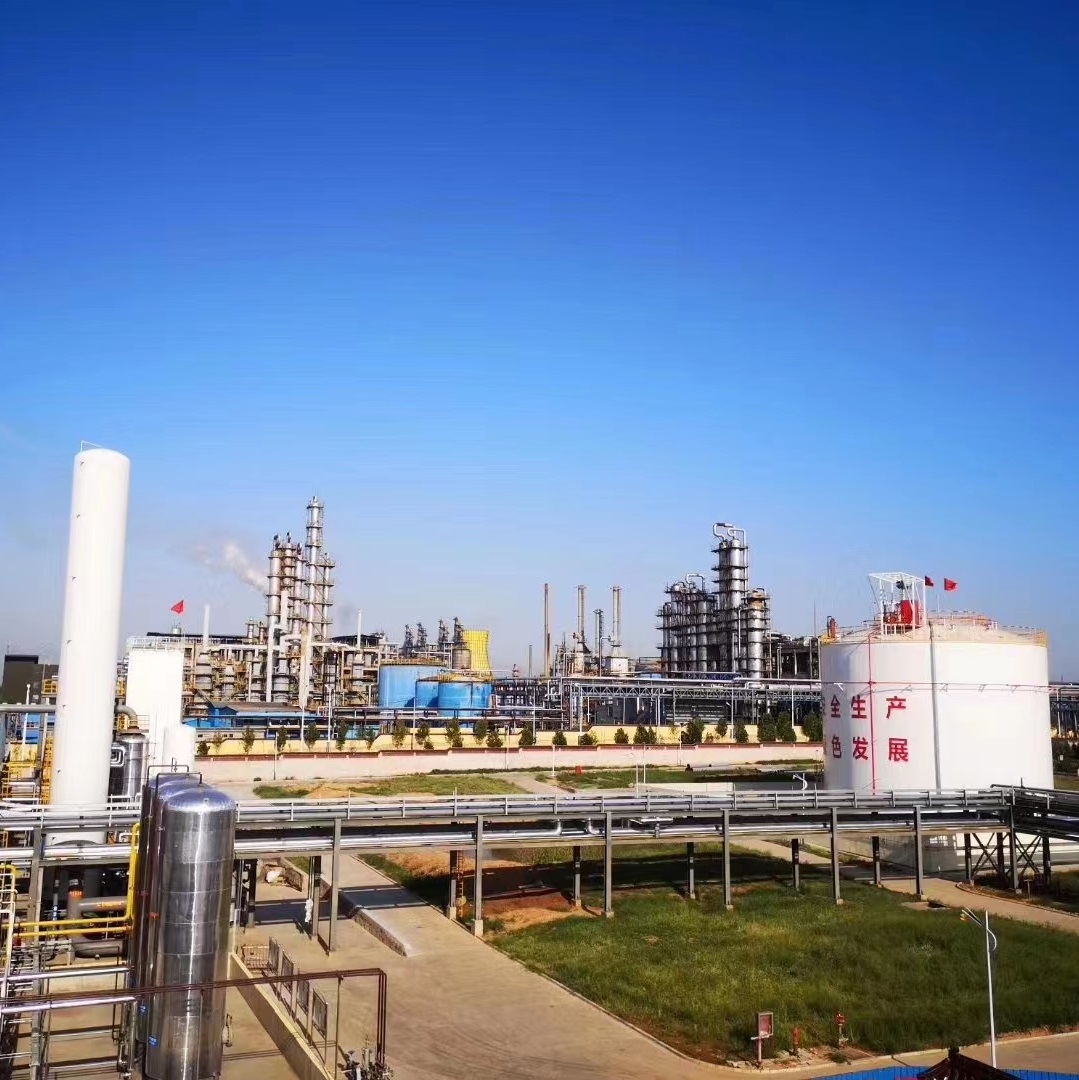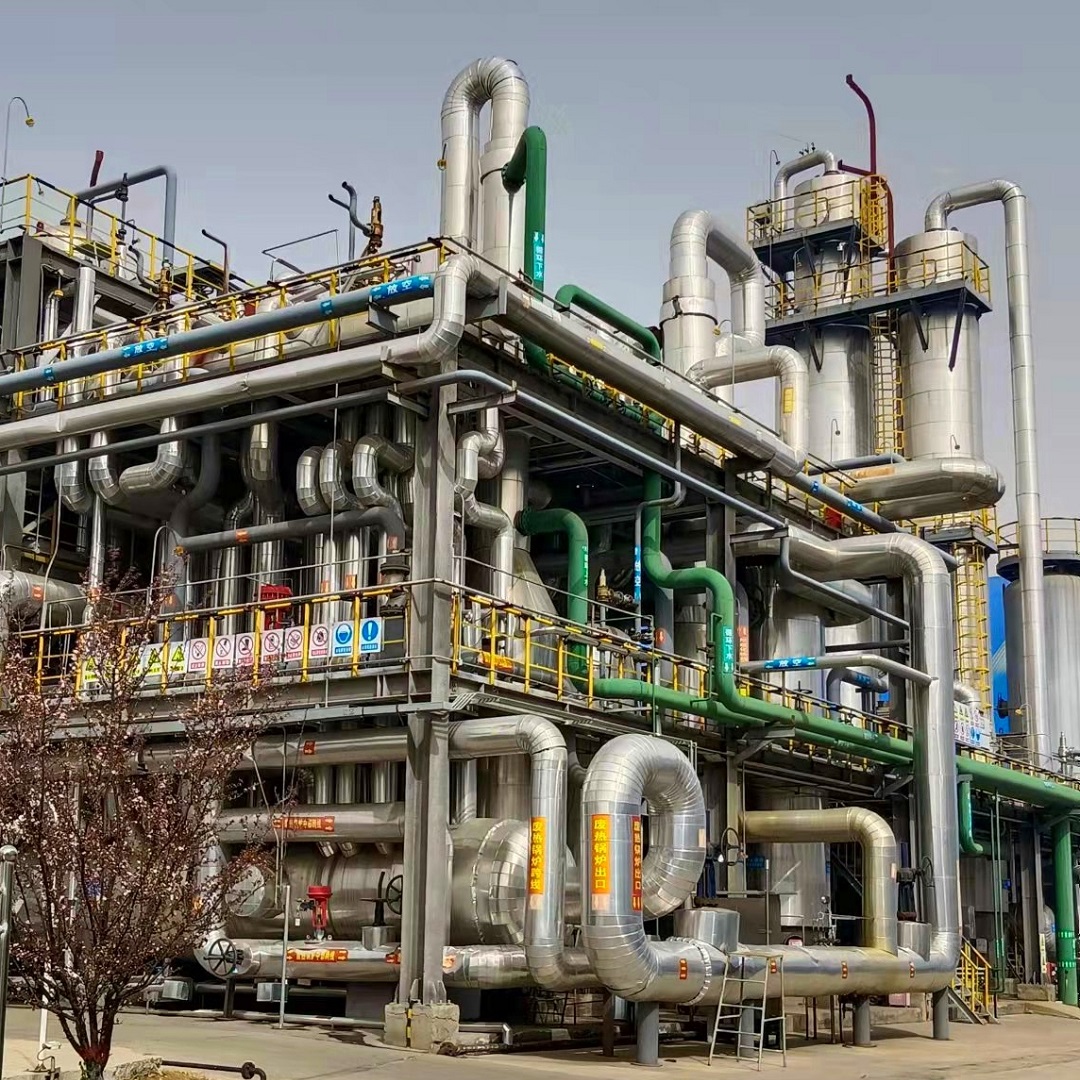


正在建设中,敬请期待
نصائح دافئة

Tips

Tips

Please improve your information and become a senior member
نصائح دافئة

Tips


 Trusted stores
Trusted stores
 Direct sales
Direct sales
 Instant prices
Instant prices
 product
Nature Gas to CNG/LNG Plant
product
Nature Gas to CNG/LNG Plant Capacity : 2×10⁴ Nm³/d~500×10⁴ Nm³/d (15t/d~100×10⁴t/d)
 You may also like
You may also like
Purified feed gas is cryogenically cooled and condensed in heat exchanger to become liquid natural gas (LNG).
Liquefaction of natural gas takes place in a cryogenic condition. In order to avoid any damage and blockage of heat exchanger, pipeline and valves, feed gas must be purified before liquefaction to remove moisture, CO2, H2S, Hg, heavy hydrocarbon, benzene, etc.


The Nature Gas To CNG/LNG Process Involves Several Steps
Pre-treatment: The natural gas is first processed to remove impurities such as water, carbon dioxide, and sulfur.
The main purposes of natural gas pretreatment are:
(1) Avoid freezing of water and hydrocarbon components at low temperature and clogging equipment and pipelines, reducing the gas transmission capacity of pipelines.
(2) Improving the calorific value of natural gas and meet the gas quality standard.
(3) Ensuring the normal operation of natural gas liquefaction unit under cryogenic conditions.
(4) Avoid corrosive impurities to corrode pipelines and equipment.
Liquefaction: The pre-treated gas is then cooled to very low temperatures, typically below -162°C, at which point it condenses into a liquid.
Storage: The LNG is stored in specialized tanks or containers, where it is kept at low temperatures to maintain its liquid state.
Transportation: The LNG is transported in specialized tankers or containers to its destination.
At its destination, the LNG is regasified, or converted back into a gaseous state, for use in heating, power generation, or other applications.
The use of LNG has several advantages over natural gas in its gaseous state. LNG takes up less space than natural gas, making it easier to store and transport. It also has a higher energy density, meaning that more energy can be stored in a smaller volume of LNG than in the same volume of natural gas. This makes it an attractive option for supplying natural gas to areas that are not connected to pipelines, such as remote locations or islands. Additionally, LNG can be stored for long periods of time, providing a reliable supply of natural gas even during periods of high demand.
- Typical feed: Natural, LPG
- Capacity range: 2×10⁴ Nm³/d~500×10⁴ Nm³/d (15t/d~100×10⁴t/d)
- Operation: Automatic, PLC controlled



 No Data Available
No Data Available

 share
share

 service
service

 top
top

Tips






 商家中心
商家中心
 全部展商分类
全部展商分类
 勘探与生产
勘探与生产










 工程技术服务
工程技术服务

























 石油工程建设
石油工程建设




 石油装备制造
石油装备制造




















 天然气与管道
天然气与管道
 油田数字化
油田数字化
 低碳新能源
低碳新能源

 石油化工产品
石油化工产品


 物流运输
物流运输





 设备五金
设备五金














 wechat sharing
wechat sharing

 link sharing
link sharing
 链接全球
链接全球  精准匹配
精准匹配  在线互动
在线互动  品牌提升
品牌提升  多方共赢
多方共赢  扫码关注公众号
扫码关注公众号  扫码进入移动端
扫码进入移动端